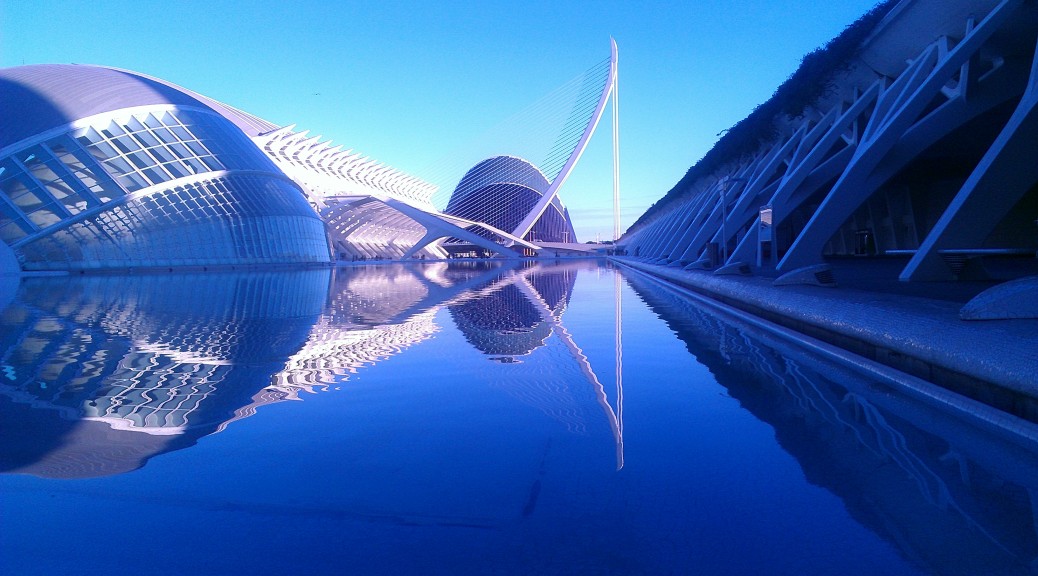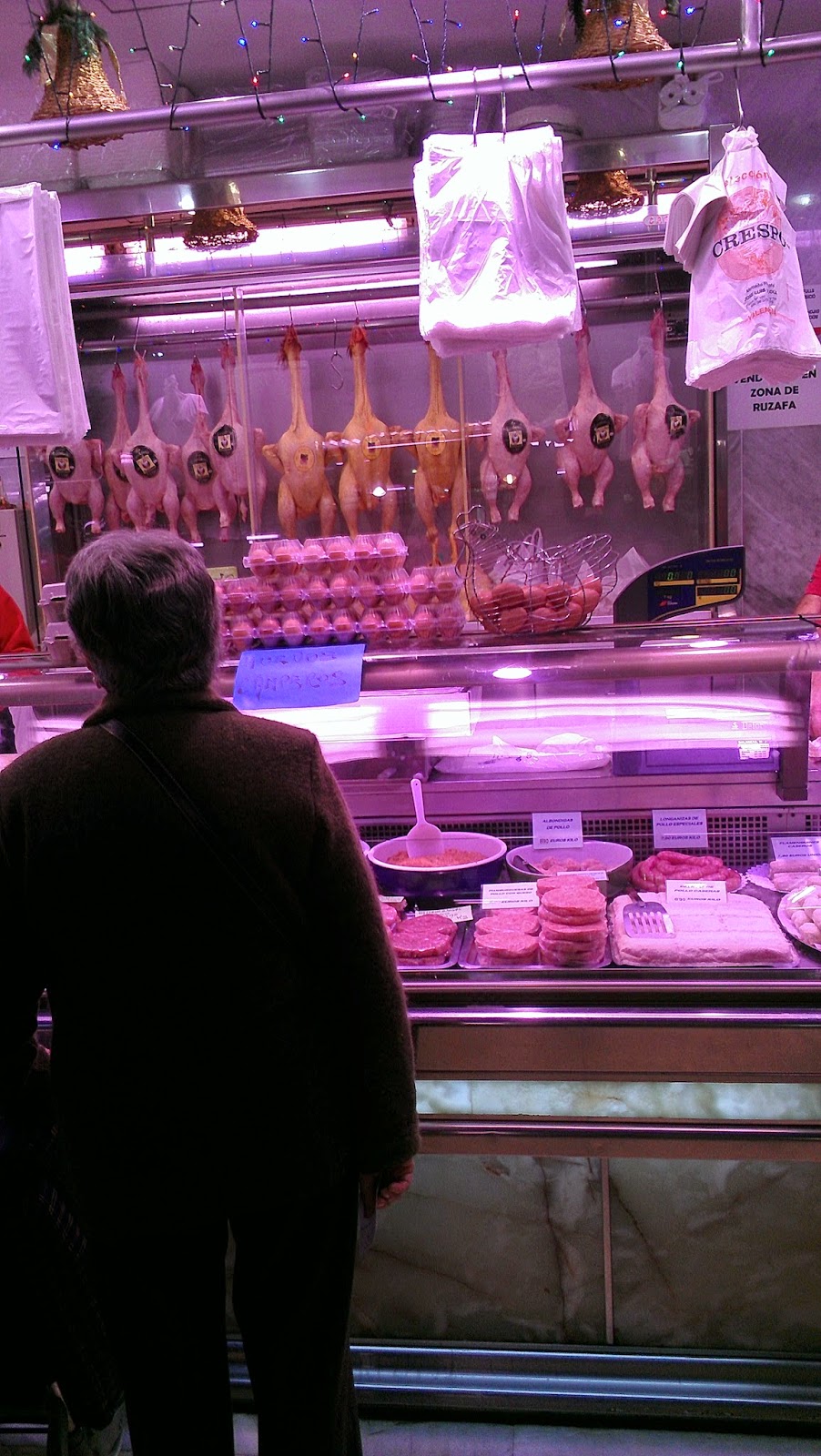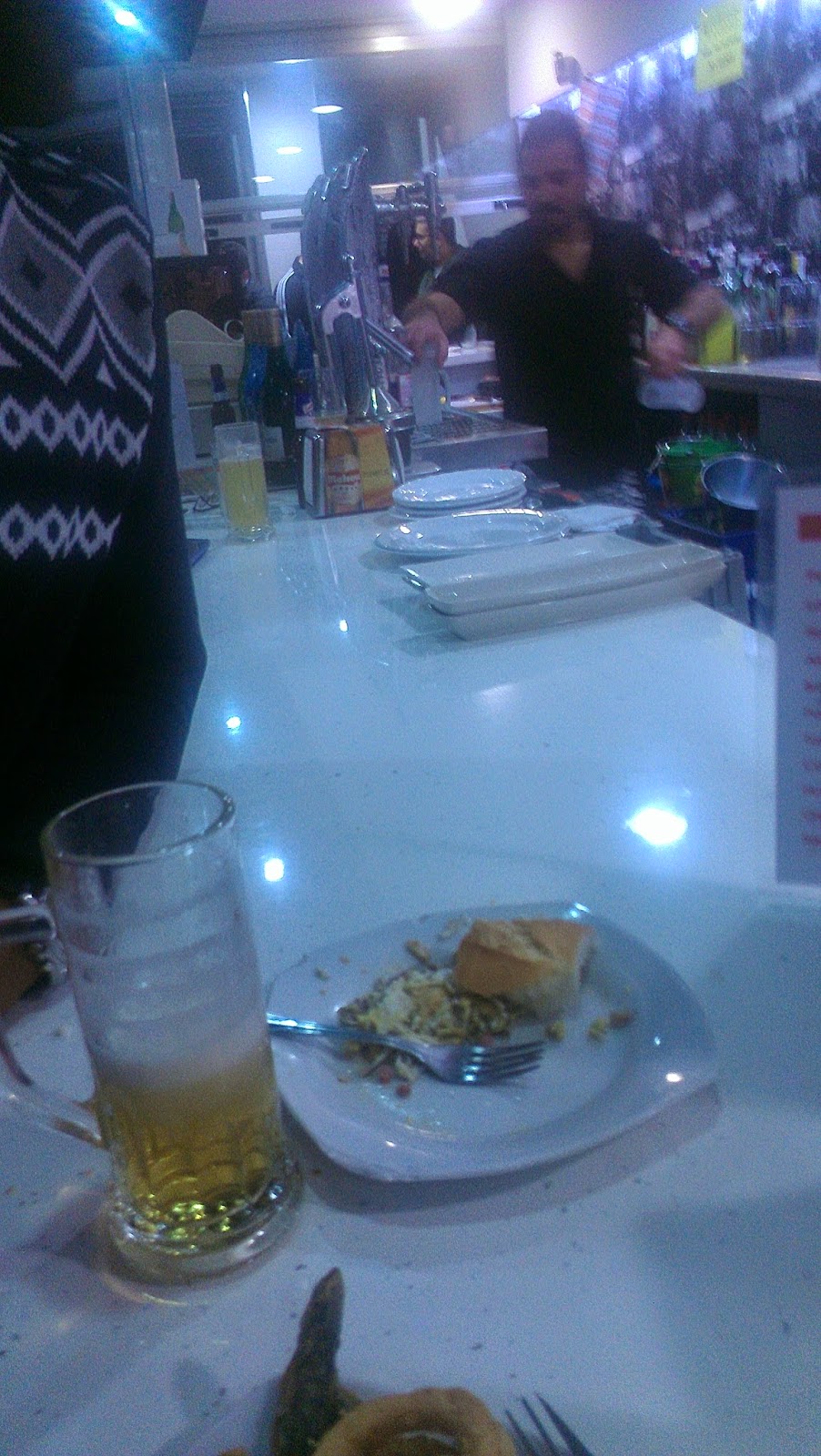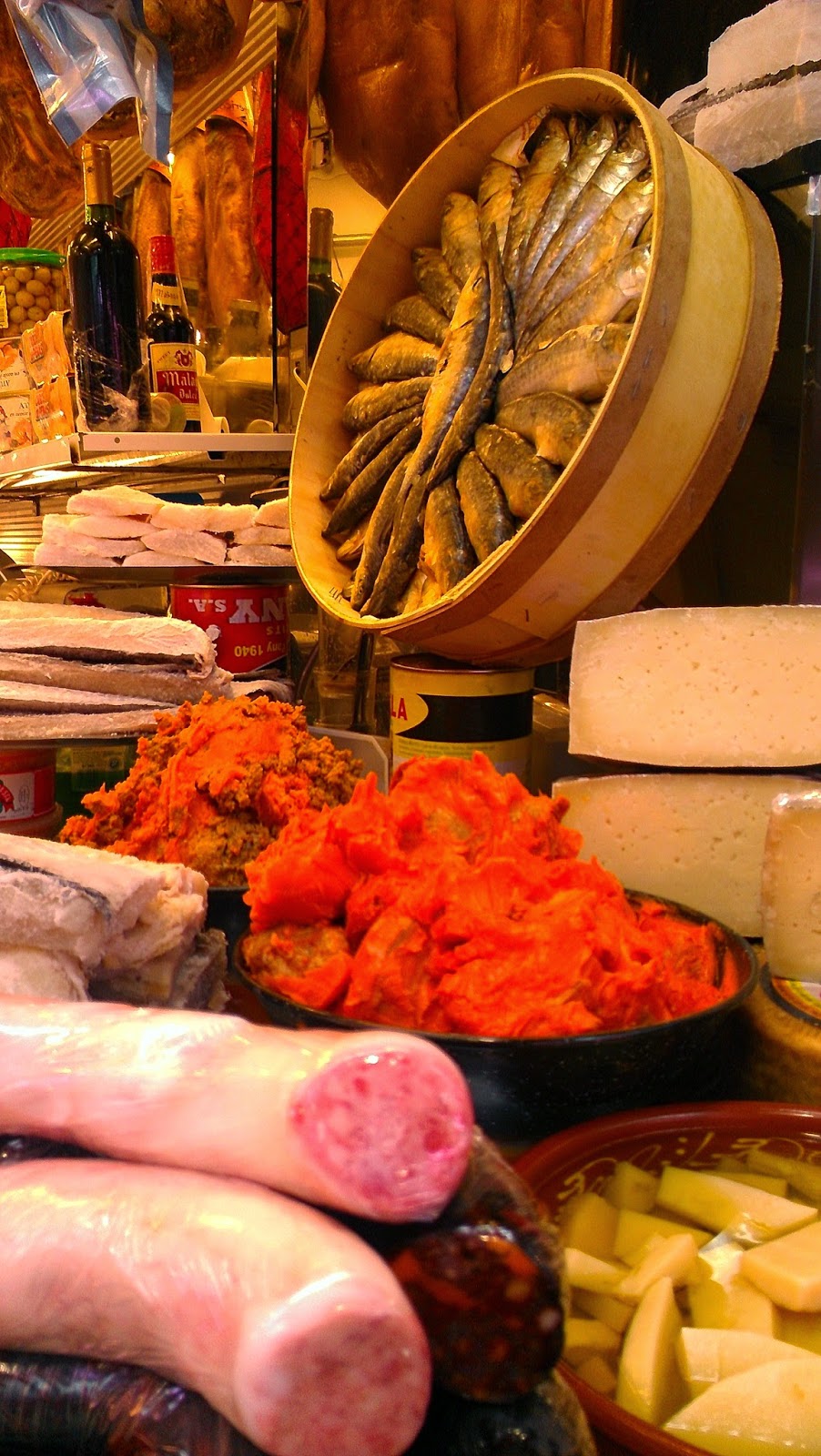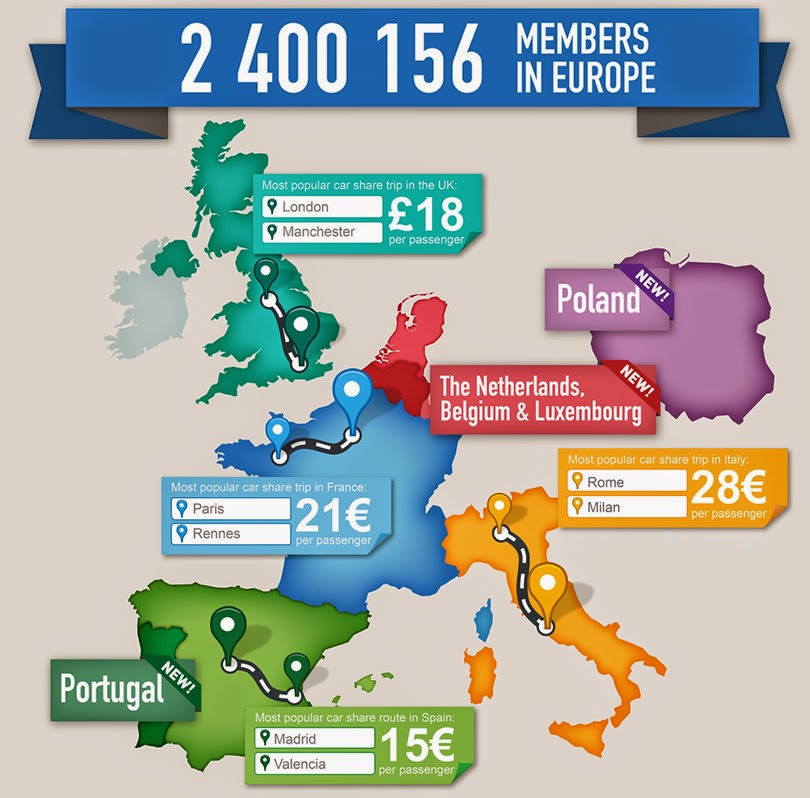What better thing to do on a long holiday weekend than visit and explore a new city? Desperate to escape the chilly early December weather of Spain’s interior, I settled on Valencia. I’d already had a brief, enjoyable visit to the Costa Blanca, and I’d heard good things about the bigger city to the north. Without much of an itinerary at all, I set off on a Thursday for a 4-day excursion to Valencia.
How to Do Valencia: Stay With a Great AirBnB Host
No guide book or self-researched travel itinerary beats the hands-on help of a capable and compatible host. Luckily, I found both in Guillermo, my AirBnB host in Valencia. Not only did he meet me at the train station on arrival, he was kind enough to share his lunch with me after showing me the way to his flat.
 |
| Home-cooked lunch at Guillermo’s |
As we chatted over lunch, I learned that Guillermo was a native of El Salvador, and was studying urban planning and development. He’d lived off and on in Valencia for 16 years, so I knew he was well qualified to give me some good advice on what to see and do around town.
 |
| Guillermo’s surprised face when he’s not expecting to be photographed. |
Before I headed out to do some exploring on my own, Guillermo provided me a selection of maps to use during my stay, and quickly gave me the lay of the land.
Where I Stayed: AirBnB Private Room in Ruzafa, Valencia
How to Do Valencia: See the Sights in Ciutat Vella (Old Town)
After resting up a bit, I decided to head out and walk around the historic area of Valencia, otherwise known as Ciutat Vella. Despite Guillermo’s map and explaining, I managed to get a little turned around during my stroll, but still found my way to the following points of interest.
 |
| Porta de la Mar – at the eastern end of Ciutat Vella |
 |
| Christmas lights and shopping on Carrer del Pau |
 |
| The Valencia Cathedral, or, the Metrpolitan Cathedral-Basilica of the Assumption of Our Lady of Valencia |
 |
| Torres de Serranos at the northern end of Ciutat Vella, El Carmen |
 |
| Torres de Serranos – front view |
 |
| Christmas lights at the Plaza del Ayuntamiento in Valencia |
 |
| Plaza de Toros, Valencia |
Sights to See in Ciutat Vella, Valencia (Spanish)
How to Do Valencia: Wander Around the Ruzafa Market
Saturday morning on a holiday weekend. I wake up early-ish, and the only thing on my mind is, “Gawd, I hope the market is open.” As I mentioned in an
earlier post, visiting the local market is one of my favorite ways to get a sense of the culture and flavor of a Spanish city. The Ruzafa market was a treat, and I spent at least an hour strolling through, peering at the fresh items on offer at each of the stalls, and trying to stay out of the way of the old folks who were out early getting their shopping done before the official start of the holiday. I was even able to try a few free samples – 1 was of some amazing roasted pumpkins (I bought a half to take home for a snack later), and the other was of a really nice cava on sale at a wine shop in the market. Guillermo joined me at the market later and showed me to a coffee shop in the market that serves coffee for free (tips accepted) – since they make their money on bulk sales of beans. A great way to start the day!



 |
| Free samples of cava? Why yes, thank you. |
 |
| roasted pumpkins – you get to try before you buy |
Ruzafa Market Hours & Info
How to Do Valencia: Taste Authentic Argentinian Italian Pizza
I had no idea that there was a significant Italian community in Argentina, but I found out when I visited La Nonna – an Argentinian Italian restaurant in Valencia. The owners hail from Argentina, and the restaurant’s menu boasts a mouth-watering selection of brick-oven Italian pizzas along with some Argentinian steak and meat dishes.
The pizzas are top notch – crispy but tender crust, fresh topping, and the gooiest of cheeses. La Nonna features a daily menu that allows you to select a salad or small plate as a first course, your choice of pizza, along with drink and a dessert for about 12euro.
 |
| Carpaccio de pulpo – La Nonna |
 |
| Veggie pizza at La Nonna |
La Nonna
Calle Puerto Rico, 16
Valencia, Spain
How to Do Valencia: Hang with the Hipster Set at Calypso
We enter the smallish bar and order a couple of beers. As my eyes adjust to the darkness, I wonder not only where I am, but when. The music is a non-stop selection of 60s surfer and ska tunes .The DJ, who for some unexplicable reason is wearing a Mexcan luchador mask, seems thrilled to be providing the ambience for the evening. He bobs his head and does a little funky two step to the music. I scan the rest of the room, taking in the scene. The decor is best described as retro tiki chic. Overhead, a tiny tv is showing original versions of the Super Friends cartoon. I am the only one paying it any attention, however. The rest of the steadily swelling crowd at Calypso presents varying shades of hipster as they chat and sip their drinks. Skinny jeans, wallet chains, lumberjack shirts, carefully ungroomed beards, blunt-cut bangs, cat eye glasses, red-as-red-can-be lipstick… all the expected accoutrements are there. Well, all except one. There’s a total lack of irony among the patrons, instead there’s an easy, genuine feeling of ‘hey, we’re just here to have a good time, not to pose and look cute.’ As I approach the bar for my second round, the bartender holds up a vintage camera and captures me with a flash. The luchador-DJ points and nods his approval.



Calypso Russafa
Carlos Cervera, 9
Valencia, Spain
How to Do Valencia: Have Sunday Paella with a Valencian Nationalist
Guillermo invites me out to have beers with him and his friend, Vicént. “He’s very nationalist,” Guillermo warns. I’m not sure I like the sound of that. “What exactly,” I cautiously begin, “do you mean by ‘nationalist’?” “Well, he only speaks Valenciano. When a Spanish team is playing a football match, he roots for the other team. When he tells people where he’s from, he doesn’t say I’m Spanish, he says, I’m Valencian. If he could, he’d prefer that his passport said that, but since he can’t change it, he’s stuck with it saying he’s from Spain. But don’t worry, he likes to practice his English.” Well, I think. This should be… fun. As it turns out, Guillermo was exaggerating a bit. Or, maybe Vicént was on his best behavior. Throughout the night we shift as easily between English, Castellano, and Valenciano (them, not me) as we do from 1 bar to the next. At the second bar, after Vicént explains to me over the loud music that he lives in a neighborhood not far from the beach, I jokingly quip, “Oh, so you’re going to make a paella for us tomorrow?” As Guillermo had hipped me earlier, paella is typically eaten by Valencians for Sunday lunch, often just before or after a relaxing stroll along the Mediterranean. To my surprise, Vicént replies with barely a pause, “Yes! You should both come over around 3!” Wait. What? Guillermo had already offered to show me to a restaurant serving authentic paella that would be much better and cheaper than the touristy options along the beach. But, this? This was more than I could have expected. I turned to share the change in plans to Guillermo. His face instantly registered his shock. “Wow. That was fast!” he says
 |
| Vicent prepares what he says is not truly paella, but octopus rice. Guillermo supervises, beer at the ready. |
 |
| Shared salad to accompany the main course |
 |
| Vicent’s ‘octopus rice’ |
 |
| “This right here? Is how you do pumpkin,” says Vicent. |
 |
| All smiles! An after-lunch coffee at the cafe on the corner |
How to Do Valencia: Take a Stroll Through El Cabanyal
After lunch, Vicént offers to show us around El Cabanyal – the neighborhood he grew up in and the same neighborhood his family lived in for several generations. “It used to feel like a little village,” he says. Originally a working class neighborhood of fisherman and port workers, it’s now plagued by urban blight. Kids play in the street right across from the older boys hanging out in front of the corner store. The older ones don’t go inside to buy anything. They stay outside all day to sell.
Vicént stops at regular intervals to point out one crumbling, dilapidated building after another. “My grandmother was born there. We used to go pick up huge chunks of ice over there. My uncle’s house was here. My first job was washing cars in that place over there.” I can feel the mix of wistfulness and pride in his voice.
Guillermo and Vicént share that the state of the neighborhood is an intentional move on the part of the local government. They want to expand a nearby avenue so that it connects with the beach further to the south – El Cabanyal is right in the path of this proposed throughway.
We leave El Cabanyal and stroll along the beach, catch a batucada group practicing their moves, watch the sun set over the waves. After our walk, Guillermo and I bid Vicént thanks and goodbye, and catch the metro back home.
How to Do Valencia: Have a Farewell Dinner for a New Friend
My first night in Valencia, while Guillermo and I were grabbing some eats in a nearby Cuban restaurant, I met Tanya. Tanya was a native of Brooklyn, and was currently living and teaching English in Madrid. We all chatted cordially, and I invited Tanya to join Guillermo and I for bar-hopping after dinner. Tanya shared that she’d only just decided to come to Valencia for the holiday weekend last night. She was an experienced solo traveler, and could easily enjoy exploring a city on her own or with newly made friends wherever she happened to find them. Of course, we hit it off instantly. We exchanged contact info at the end of the night and hung out again for several hours the next day.
On Tanya’s last night in Valencia, we met up for a Moroccan dinner at Restaurant Zakaria. I’d read online about one of their more popular dishes, Cordero con ciruelas (Lamb with prunes), and decided to order it. Tanya ordered a couscous dish and we shared. While both dishes were delicious, the lamb dish was certainly more memorable. Sweet, smoky caramelized onions, well-spiced lamb, and tender prunes made for a warm, comforting blend of flavors – perfect for the slightly chilly evening weather. Portions and prices were quite good at Restaurant Zakaria. A must-visit if you like North African cuisine.
 |
| Cordero con ciruelas at Restaurant Zakaria |
 |
| Chicken and vegetable couscous at Restaurant Zakaria |
Our after-dinner plan to find a bar or club with some cool tunes was mostly a bust and ended up with Tanya and me going on a Google search-inspired wild goose chase around the city center that lasted ‘til the wee hours of the morning. But, in the end, it was all good. We had just as much fun getting lost, people watching, laughing like giddy teenagers, and even singing the hooks of old funk and soul tunes on the streets of Valencia. Sometimes it’s not so much about where you’re going, but who you’re travelling with.
 |
| Tanya and I outside of Havana, the Cuban restaurant where we met in Valencia |
Carrer de Puerto Rico, 26, Valencia, Spain
How to Do Valencia: Head Down the River to the City of Arts & Sciences
On my last day in Valencia, I head out to explore the ‘river’, which is what the locals call the continuous band of recreational green space that snakes through most of the city. Many decades ago, it was an actual river, but after repeated floods, it was drained and turned into a park. The weather is as perfect as it can be, and there are tons of people enjoying the day – running, strolling, biking, or just soaking up the sun.

At the south end of the river, I encounter the City of Arts and Sciences, a complex of museum buildings, each one dedicated to a specific area of scientific discovery and exploration. For the sake of time, I opt not to go inside of the museums. The buildings themselves are breathtaking works of art. The combination of futuristic architecture, glittering water features, and the shifting light of the sun makes for a unique visual feast. I take far too many pictures as I walk.

How to Do Valencia: Watch a Revolutionary Screening at Recordshop
When I return to Guillermo’s, he asks if I’d be up for seeing a free documentary screening at a nearby bar this evening. “Sure. Which documentary?” I query. He shows me the flyer on his computer. I nearly squeal with excitement. Turns out it’s Wattstax. I’ve been wanting to see it for years, but have never gotten around to it. I’m thrilled to have the opportunity now. We head out a little while later to Recordshop, which is part bar, part ‘cultural association’ with lots of vinyl on display. The owner regularly screens films in the space that is about as big as a large living room.
Before the movie, the owner plays Jimi Hendrix’s ‘Axis: Bold as Love’ album (on an actual record player), while Guillermo and I sip beers. Soon, the movie begins. I settle into a worn couch and immerse myself in the sounds of a soulful revolution.
Recordshop Cultural Association
Calle Sevilla, 31
Valencia, Spain
How to Do Valencia: Savor Handcrafted Burgers at Slaughterhouse
For my last meal in Valencia, Guillermo and I head to Slaughterhouse, a popular burger restaurant that actually was a slaughterhouse in a previous incarnation. We’d walked past the place on my first night in town, and the smell wafting out onto the street had instantly grabbed my stomach by the nose. Online reviews and Guillermo’s own personal recommendation confirmed that this place made some really tasty burgers, so I was glad to have a chance to sample one before heading home.
Each of the burgers on the menu at Slaughterhouse gets its name from a fillm or book that is also listed as a recommendation on the menu. All the ingredients on the burgers are fresh and/or homemade, all the way down to the ketchup.
I don’t always eat burgers back in the States, but when I do, I want it to be a damned good burger. Here in Spain, I’ve tried burgers a few times, but they’ve always been ‘off’ somehow, falling short of my expectations for a well-prepared, proper tasting burger. Thankfully, I found redemption at Slaughterhouse. The Movska burger that I ordered was everything I’d been missing from home. By this time, I wasn’t even surprised. After all, in just a few days in Valencia, I had already found so much that made feel right at home.
 |
| Slaughterhouse menu |
 |
| The Movska burger at Slaughterhouse |
 |
| A disco ball and a meathook – part of the eclectic decor at Slaughterhouse |
Slaughterhouse
Carrer de Dénia, 22
Valencia, Spain
How I Got There: AVE High Speed Train (Spain Pass)
I’m a heavy user of Spain’s discount railway pass for non-Spanish travelers. It’s called Spain Pass, and I’ve used it several times to visit cities that are far enough away for me to want to avoid a bus ride (my bus limit is about 3 hours). The trip to Valencia from Ciudad Real took a little over 2 hours on the high-speed train. The same trip would by bus would take about 6 hours, and cost about the same.
Have you had a chance to visit Valencia yet? Share your favorite finds in the comments!

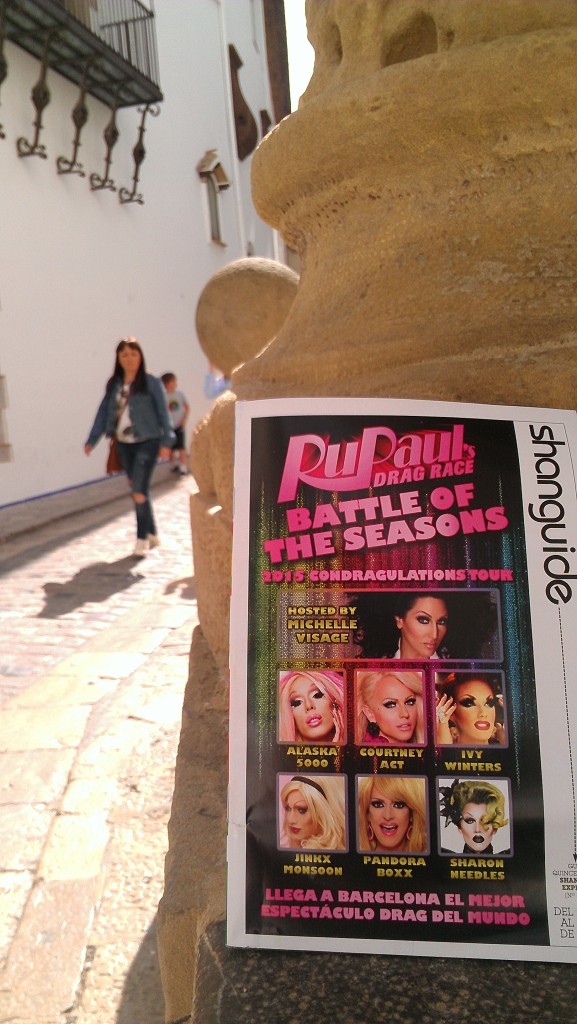
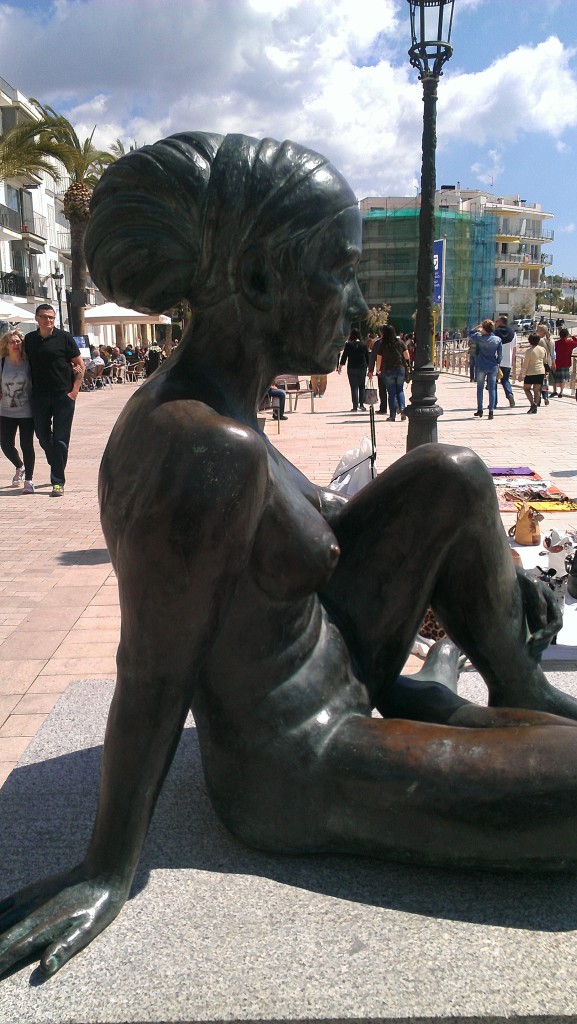
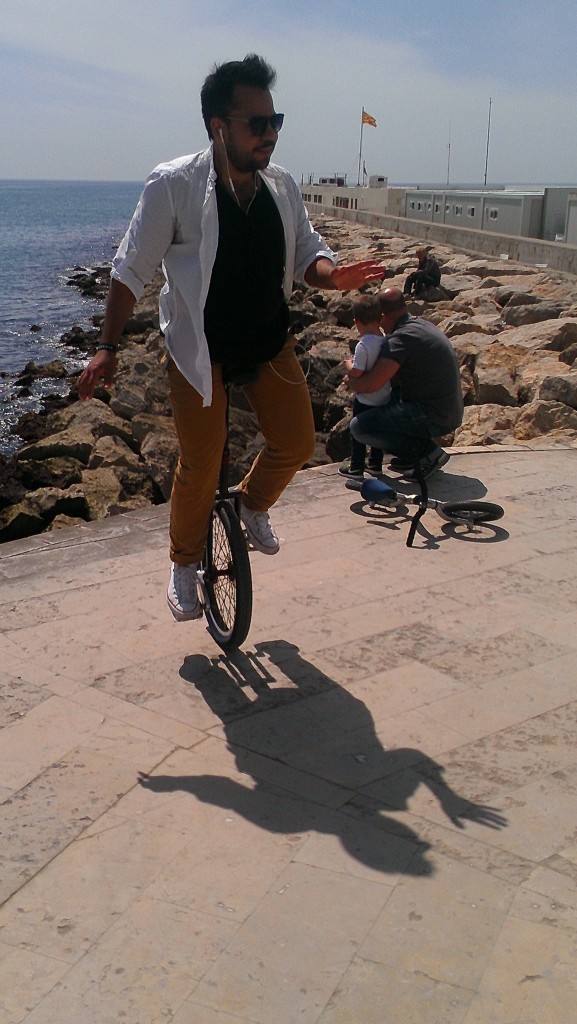
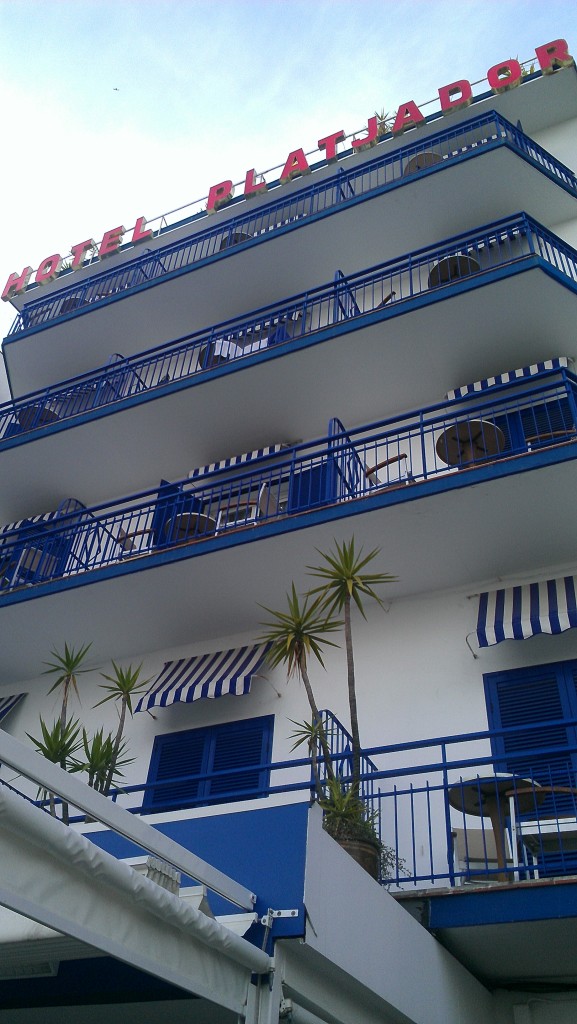
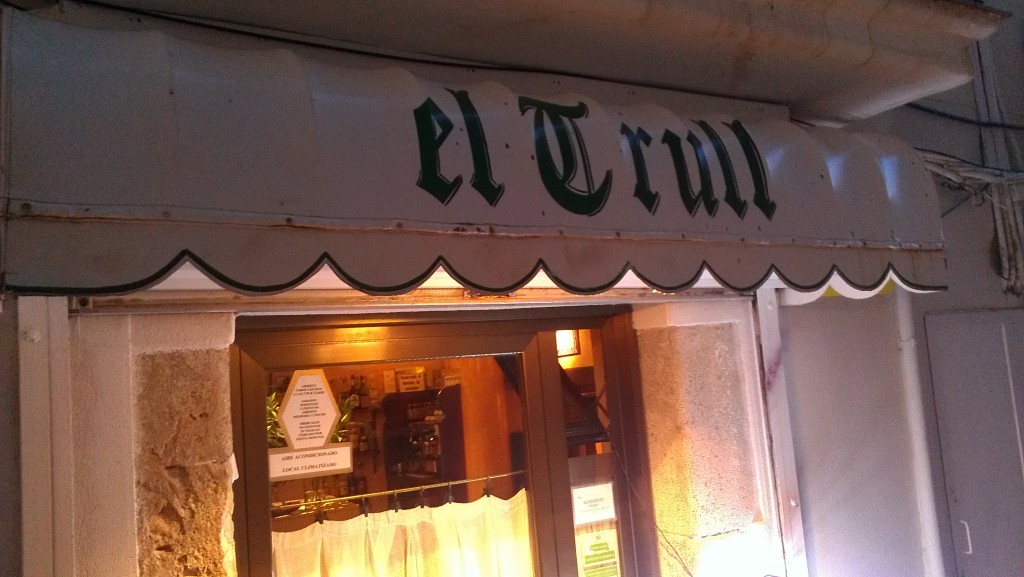
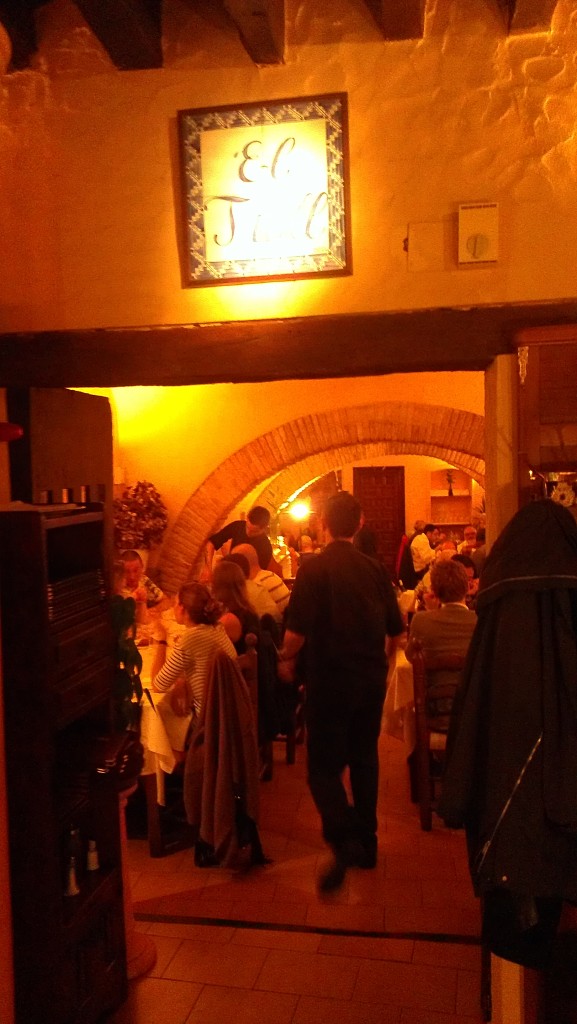
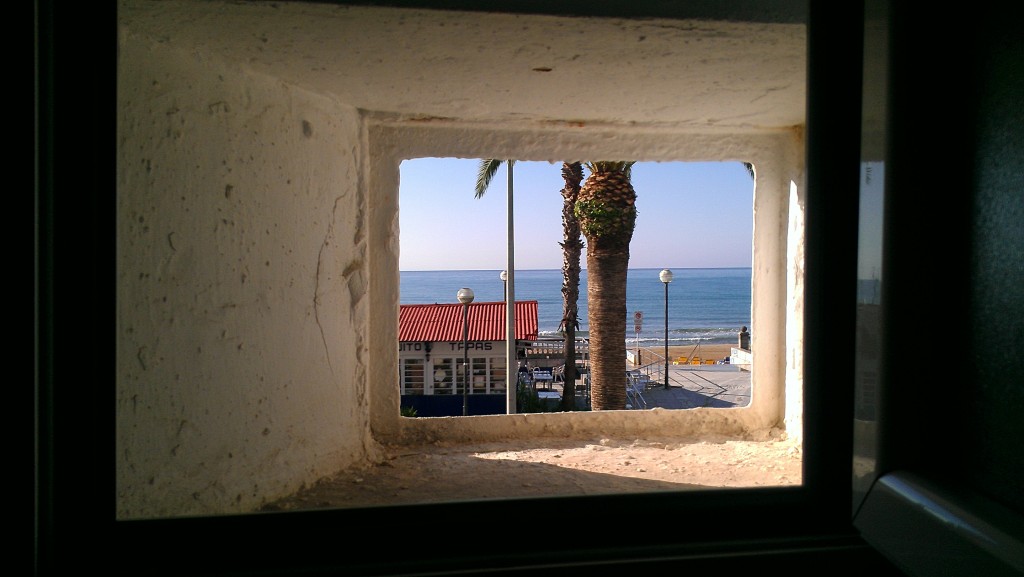
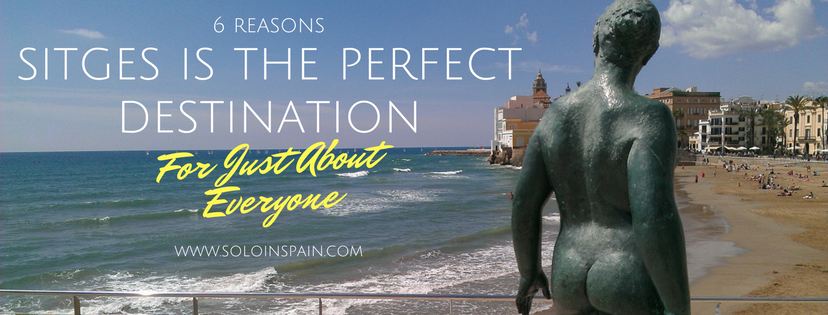
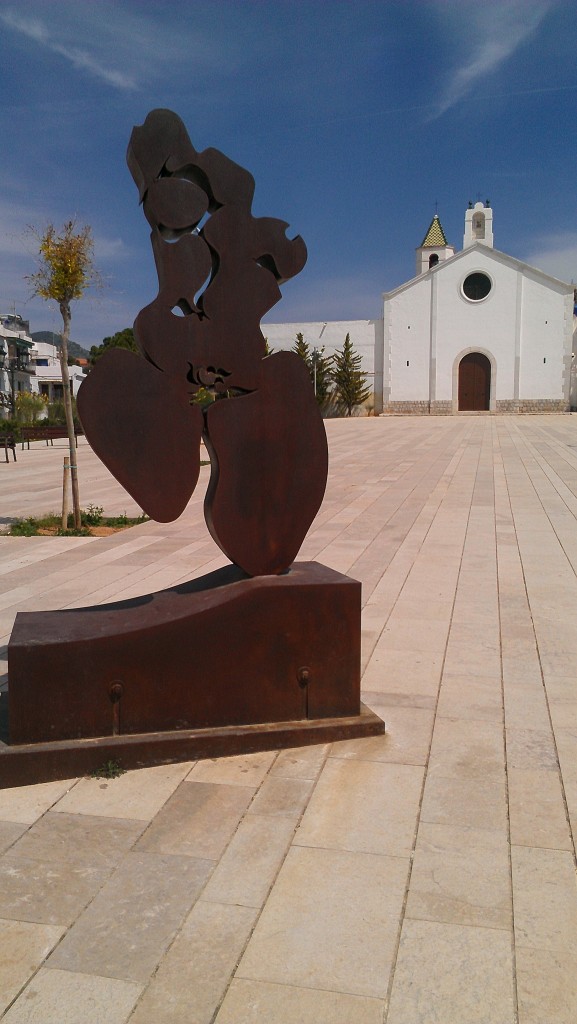
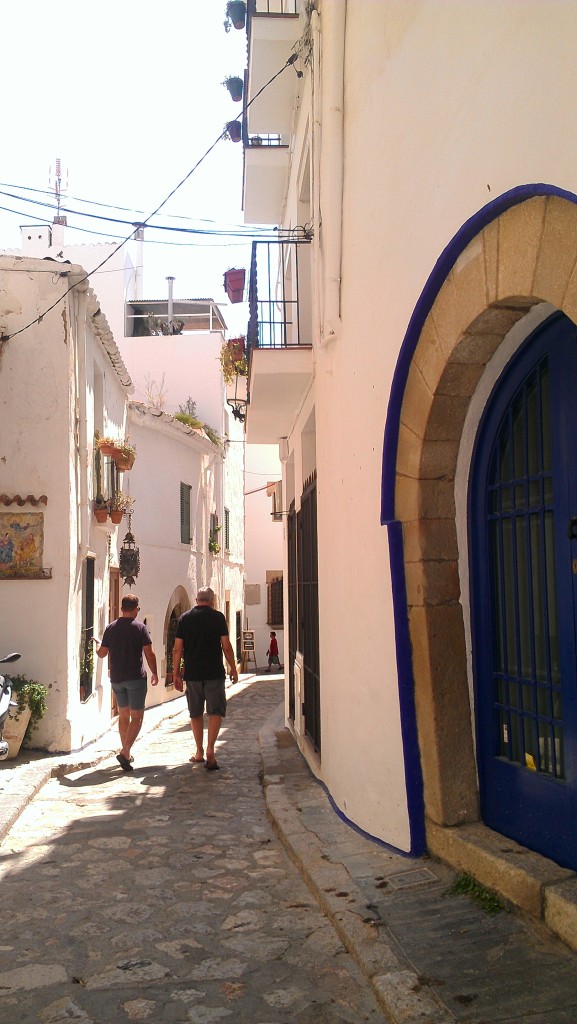
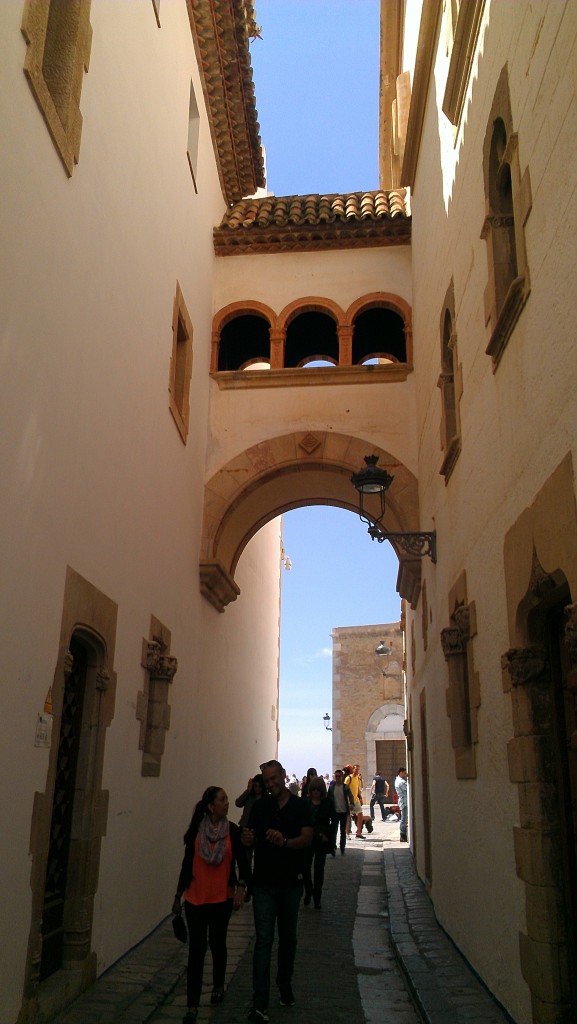
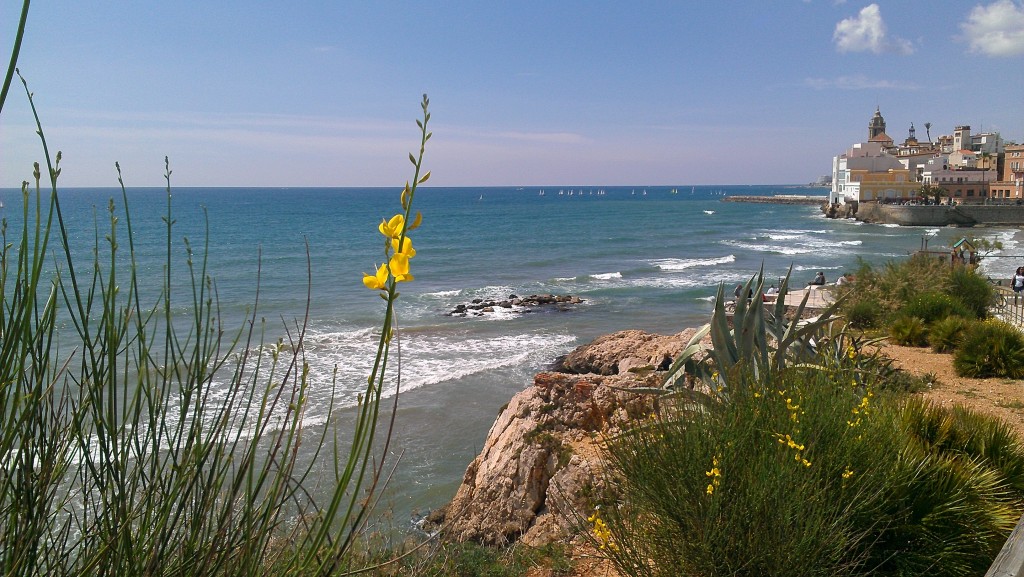
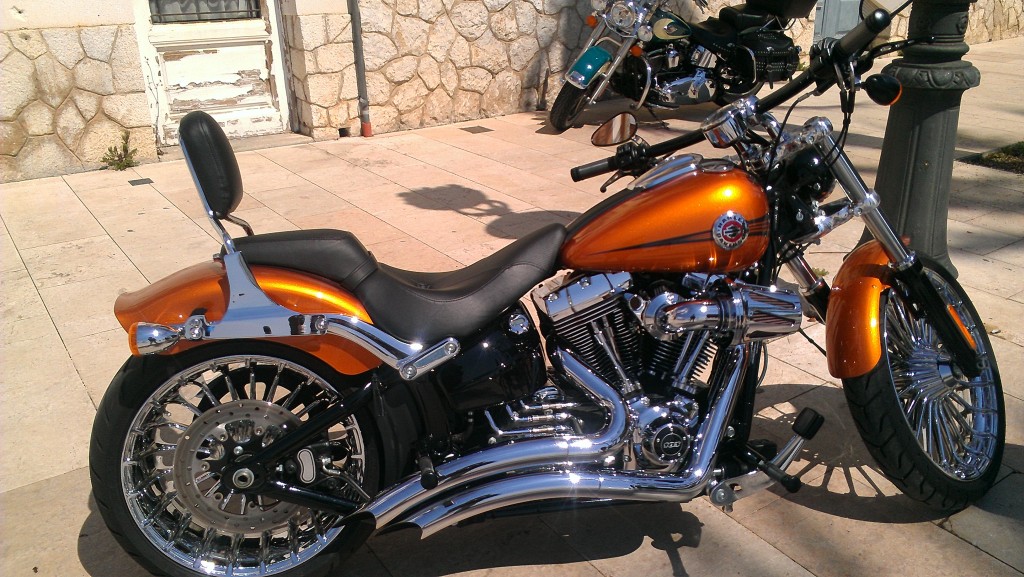
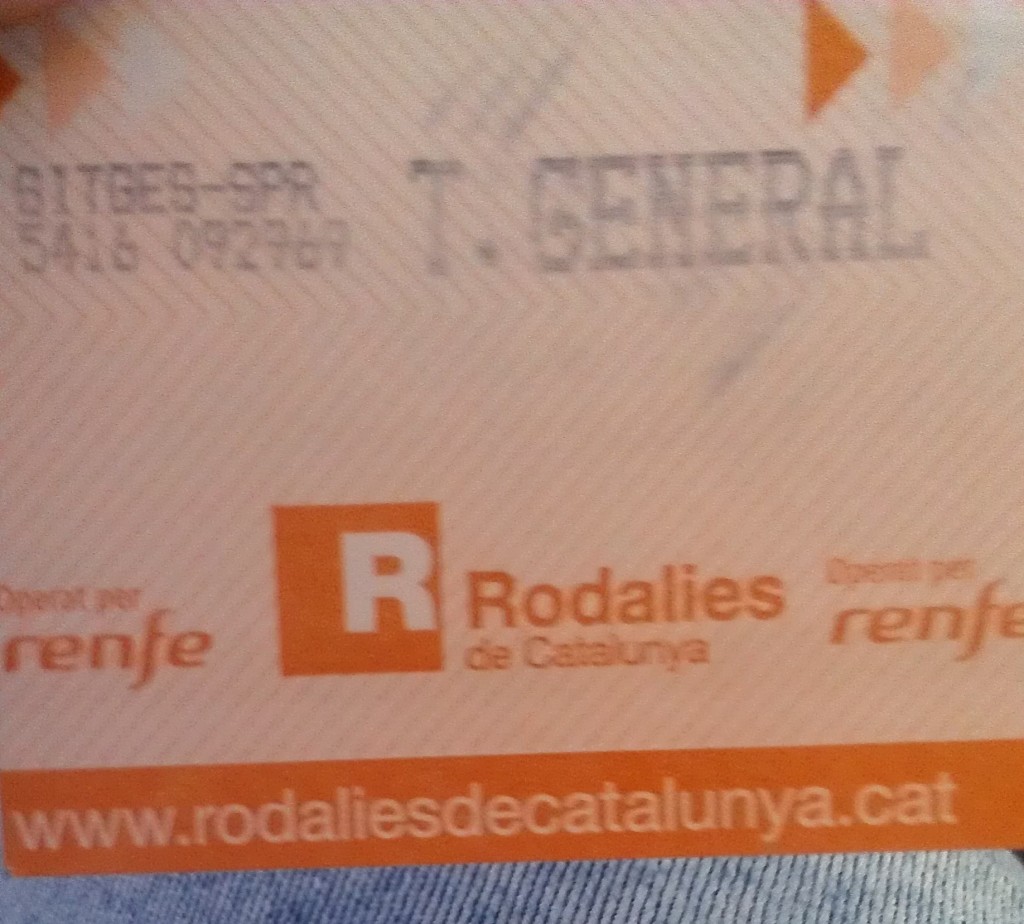
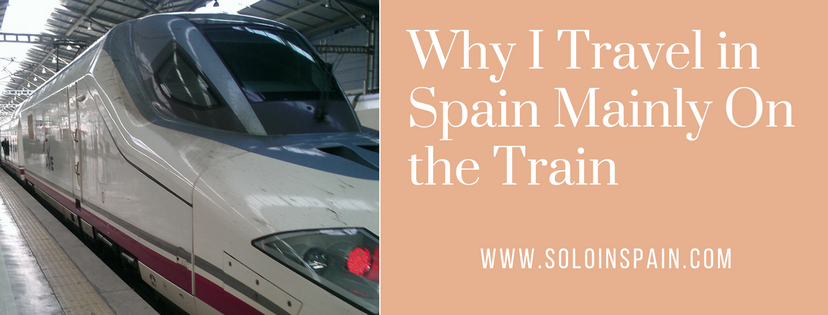
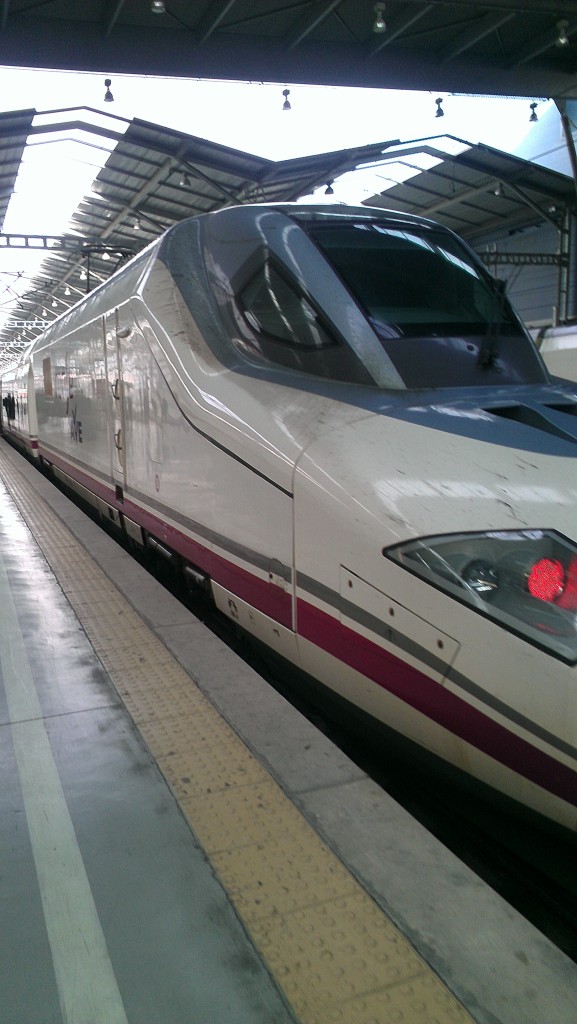
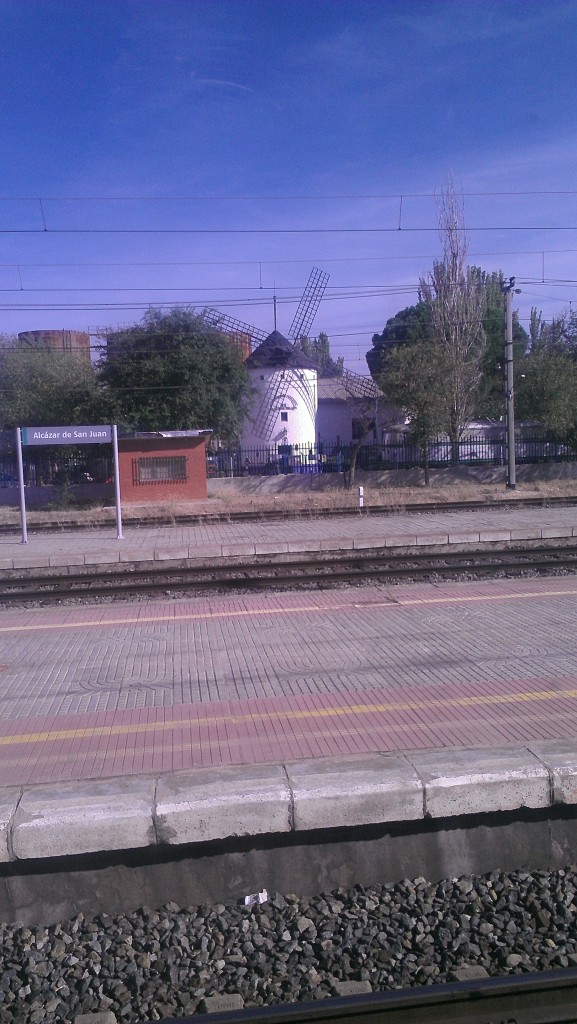
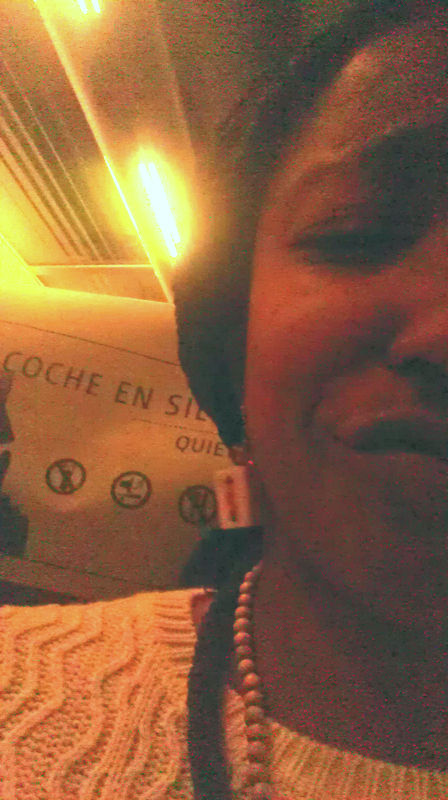

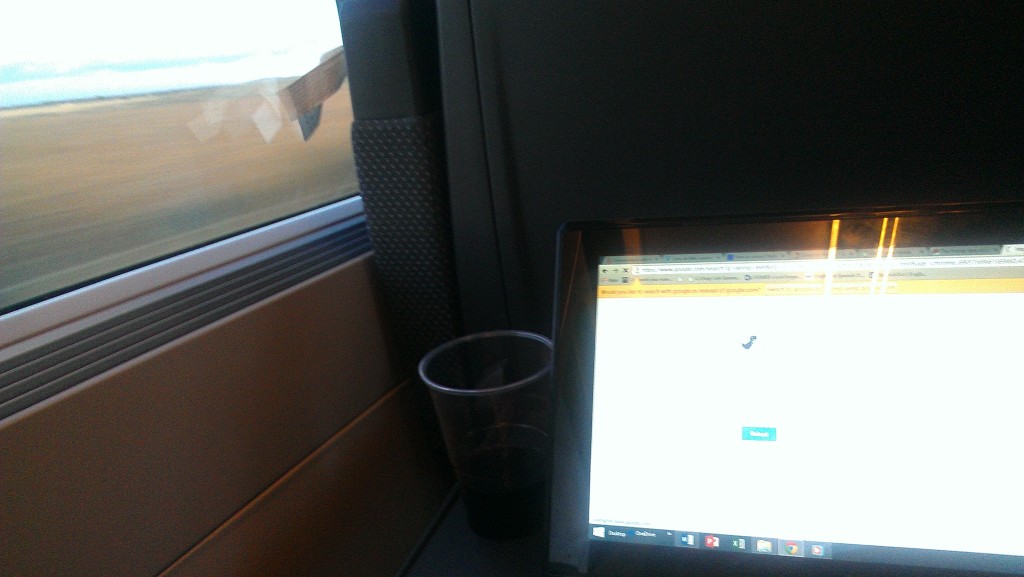
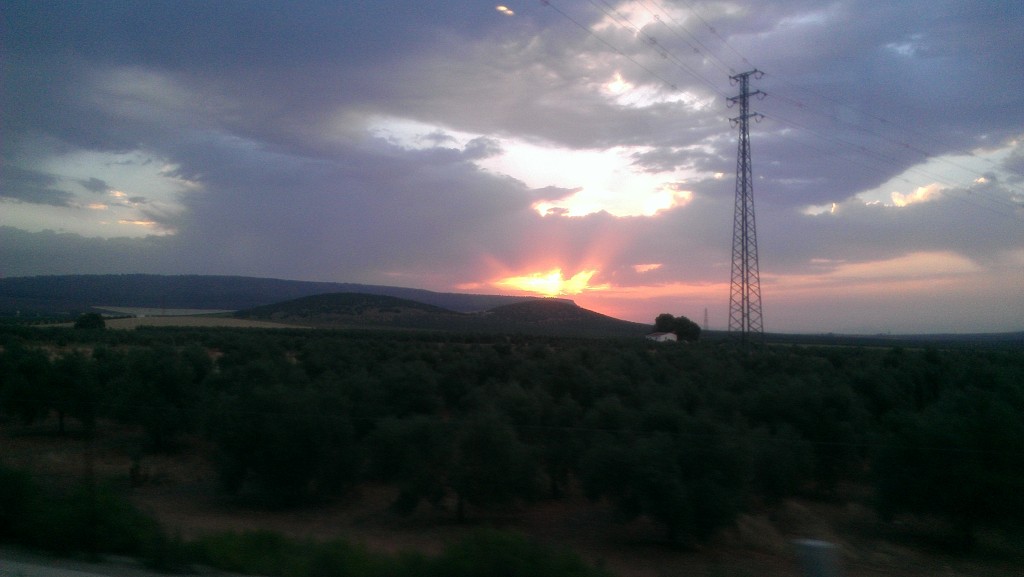
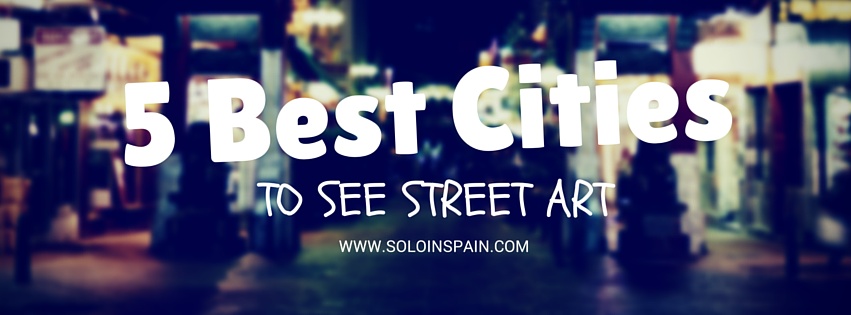
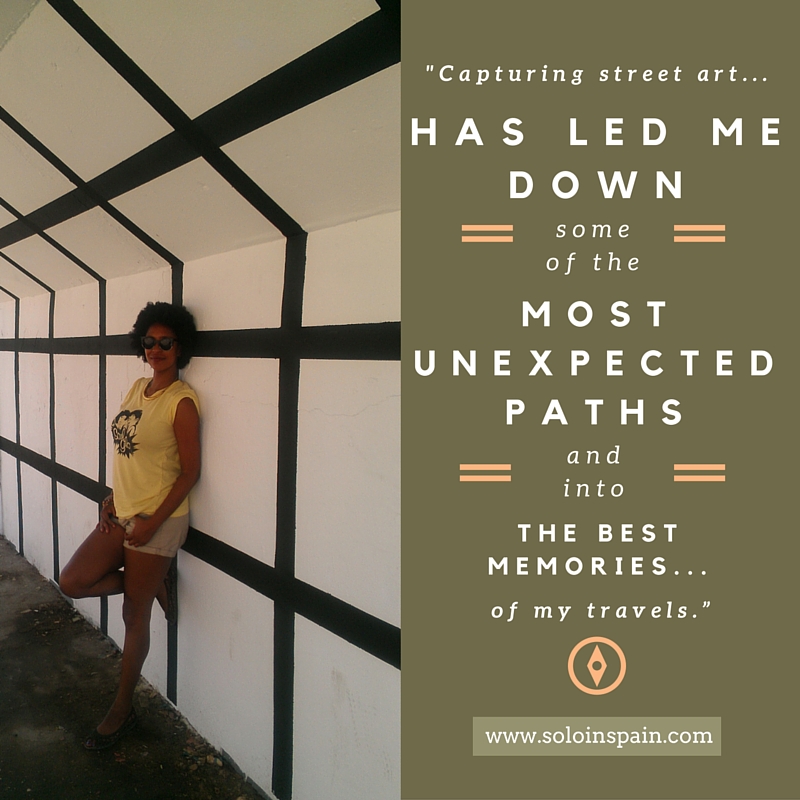
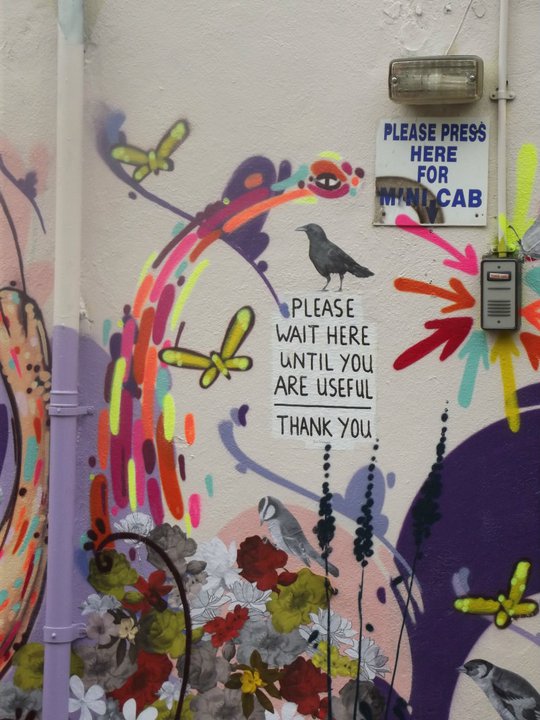
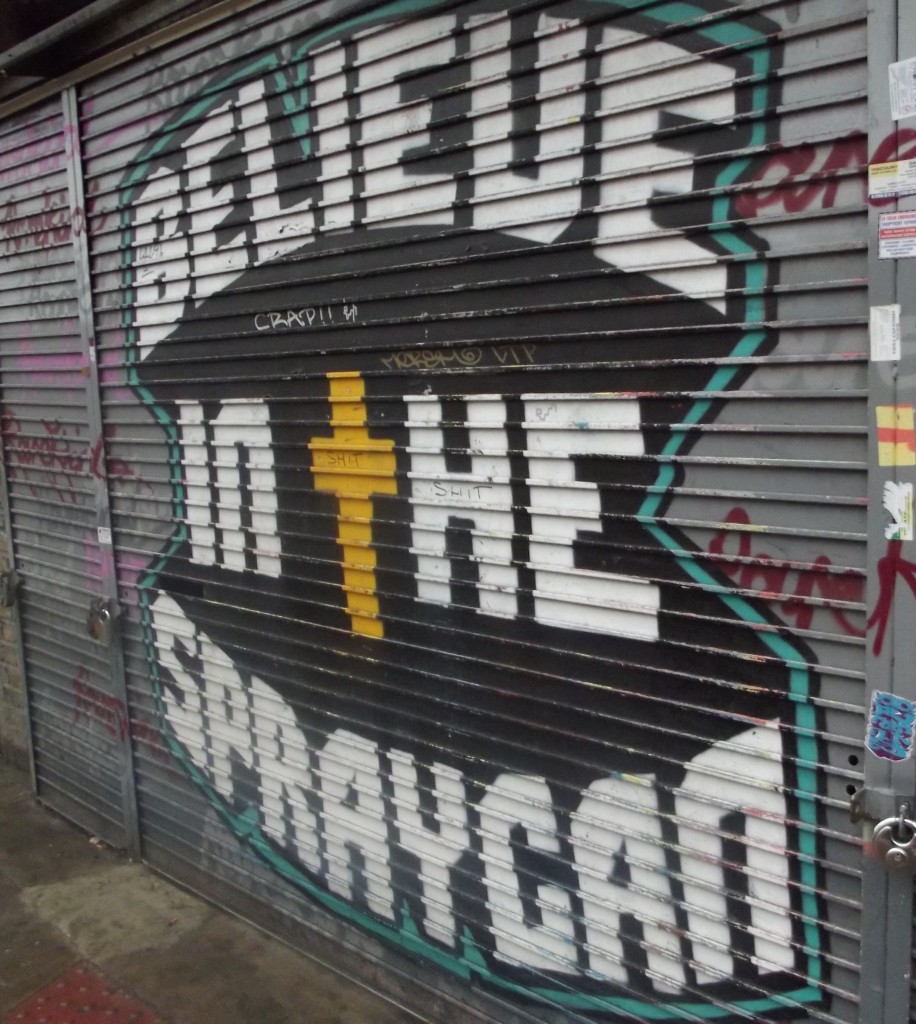
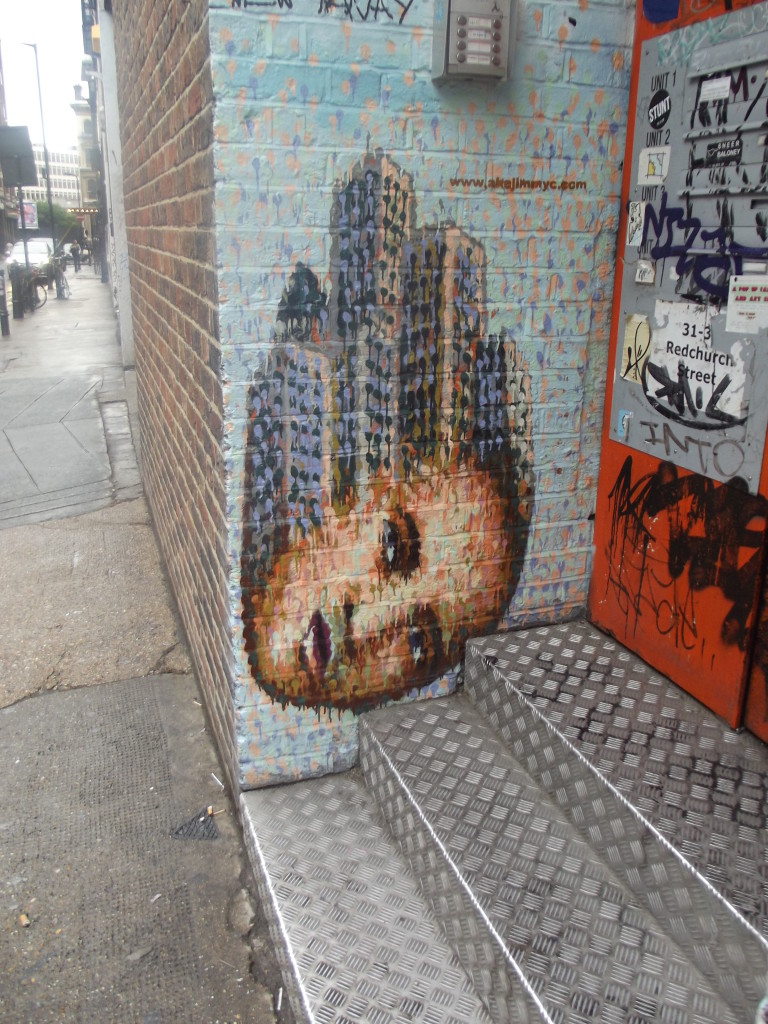
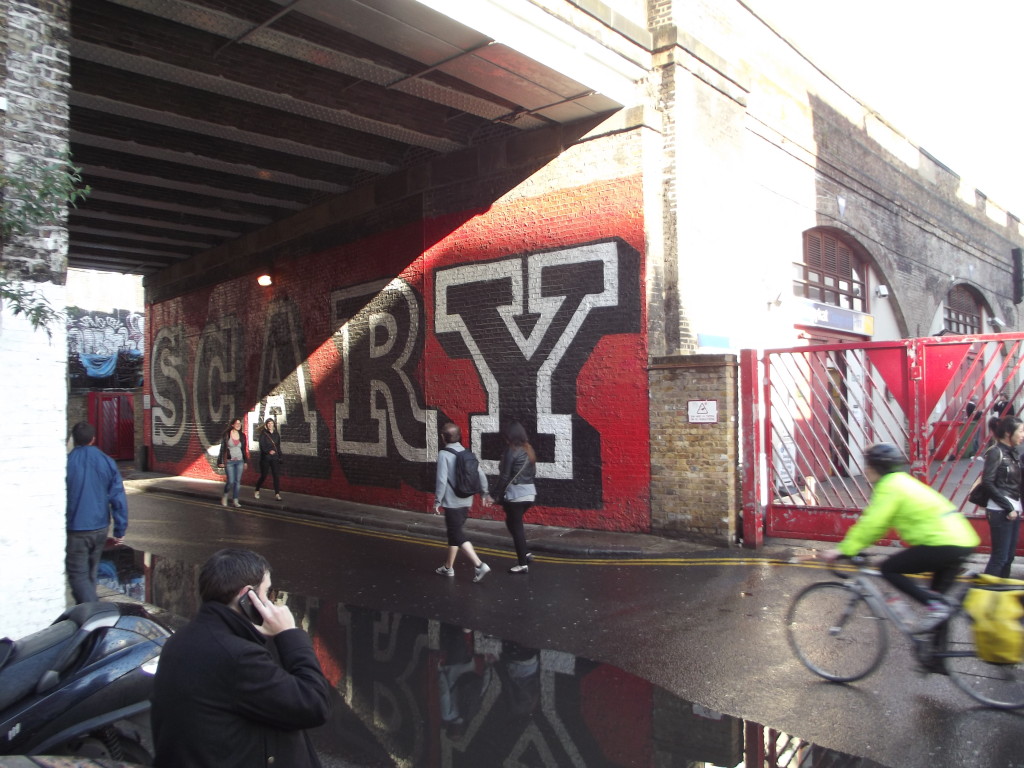
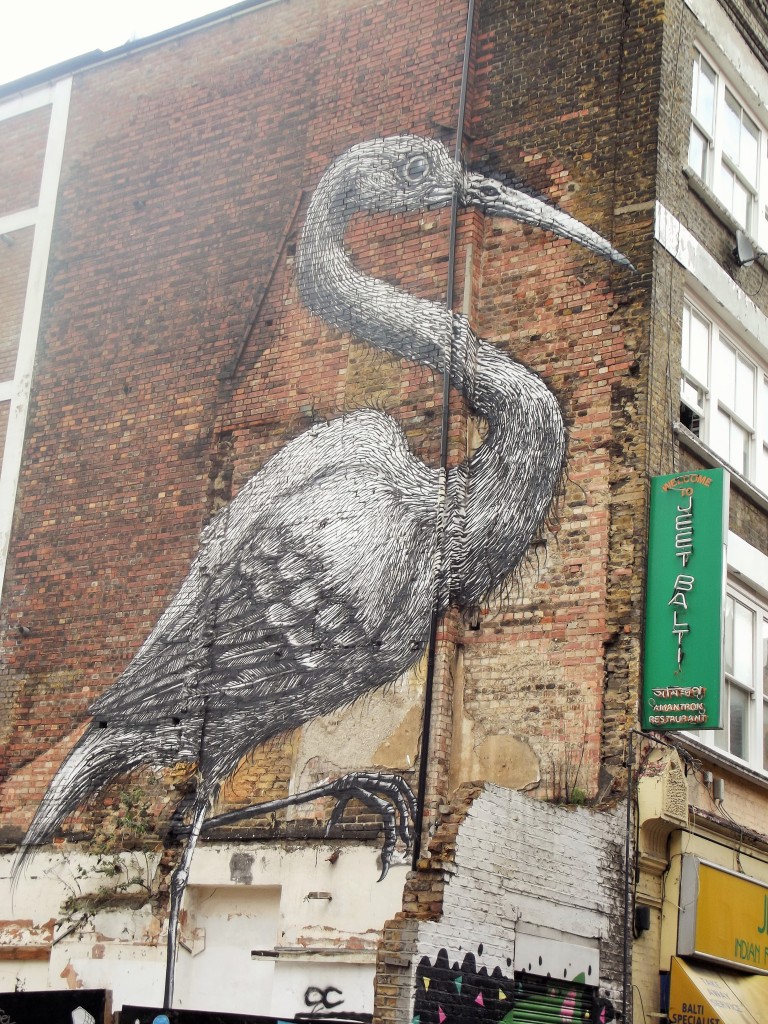
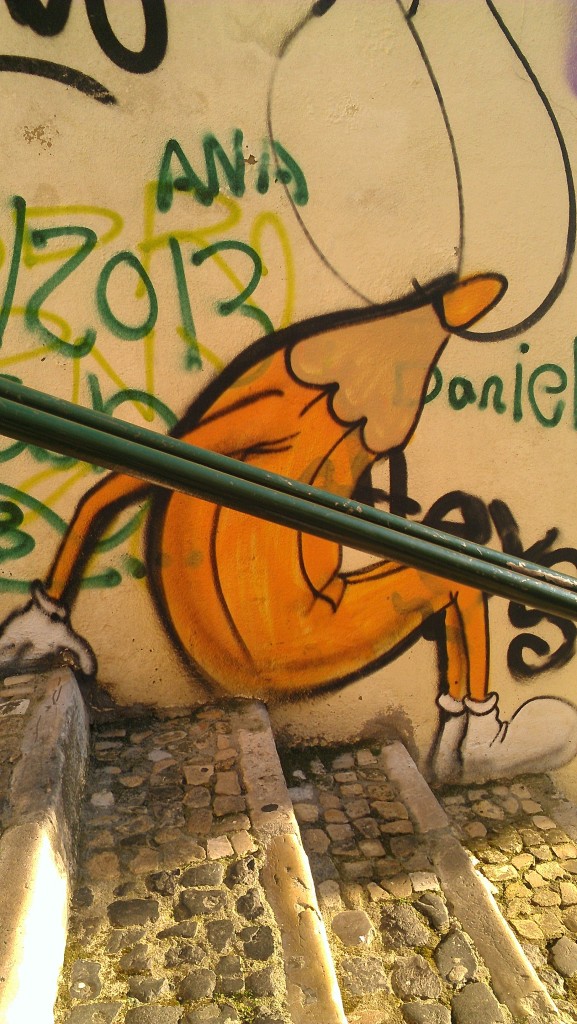
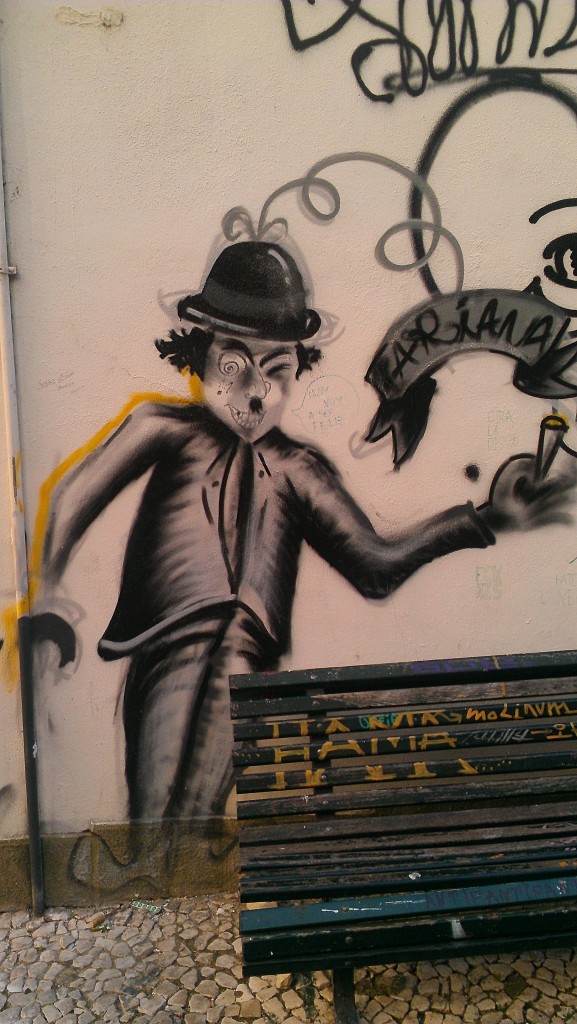

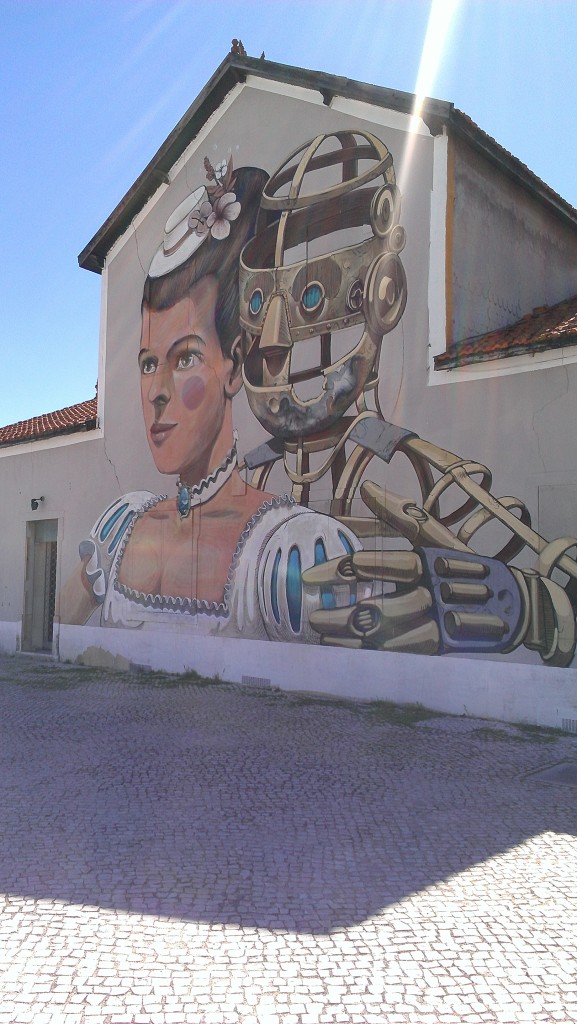
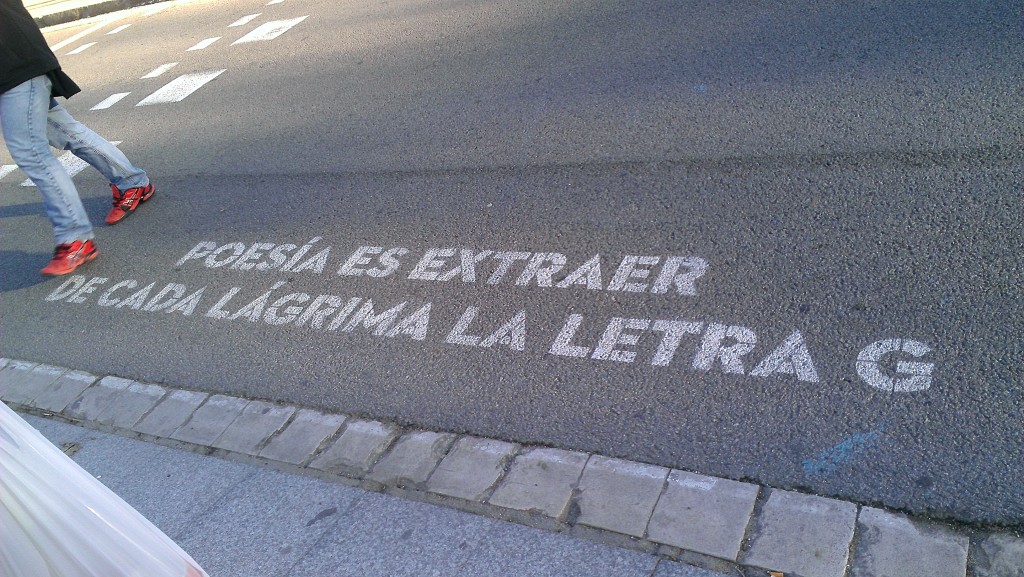
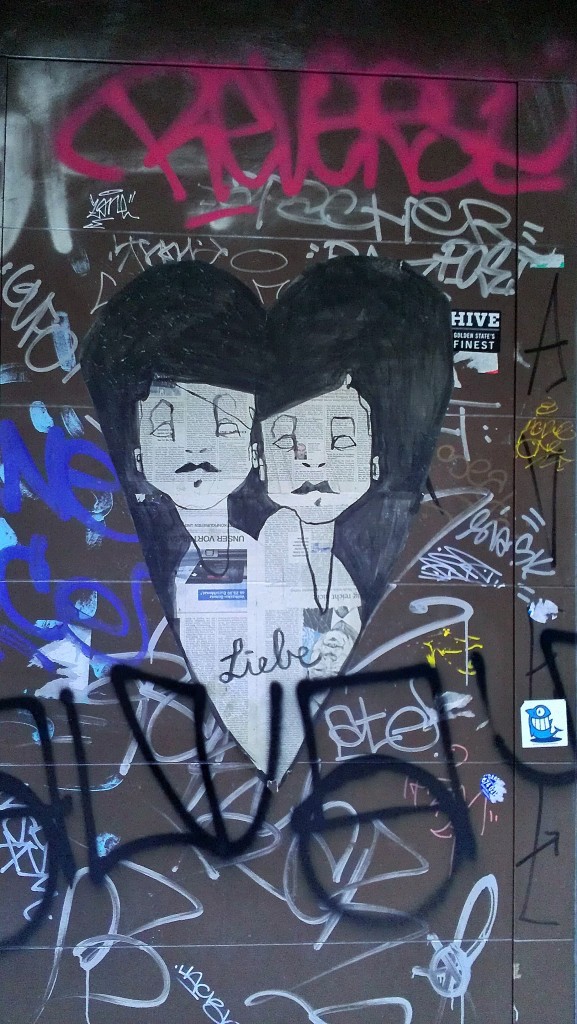
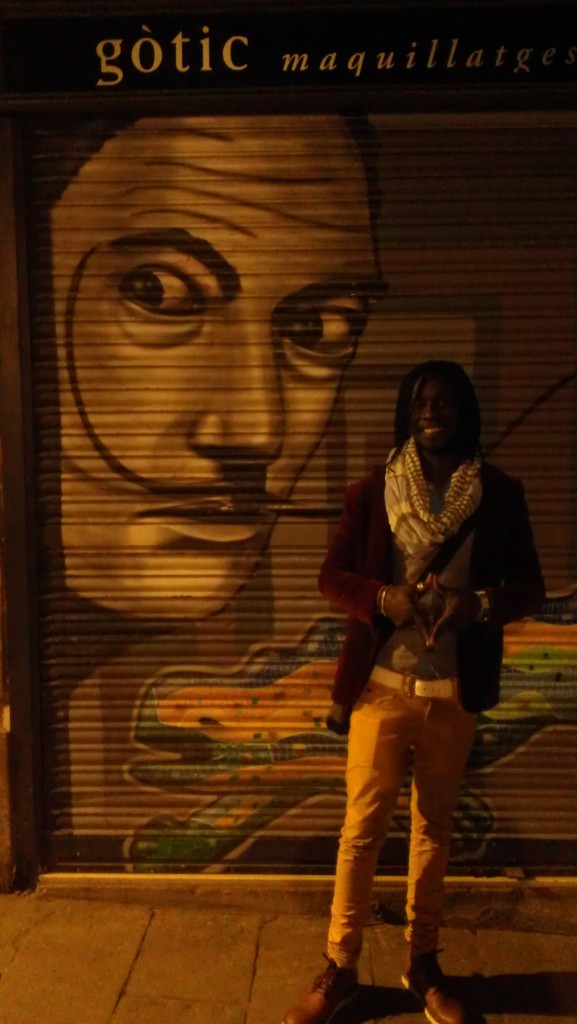
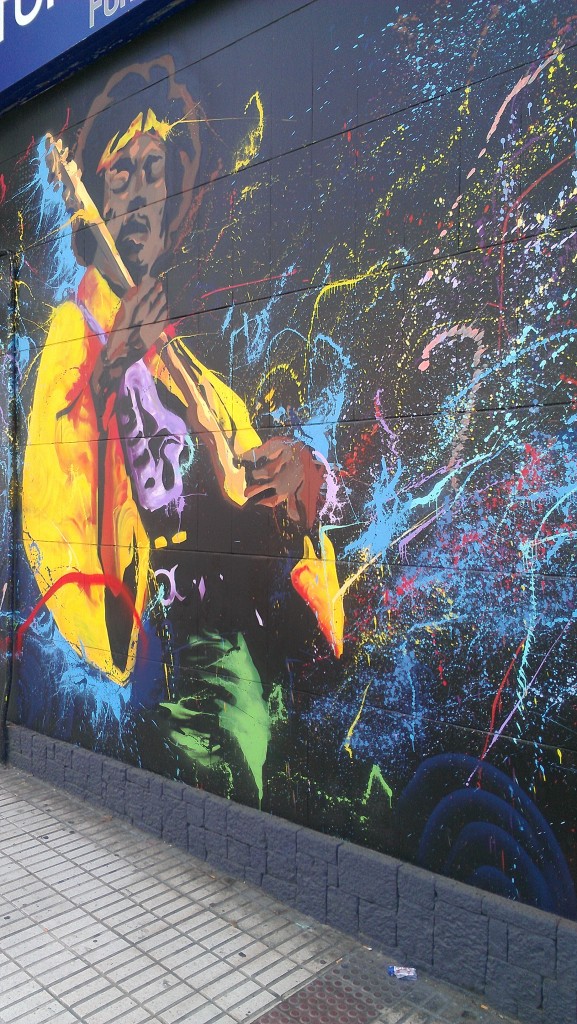

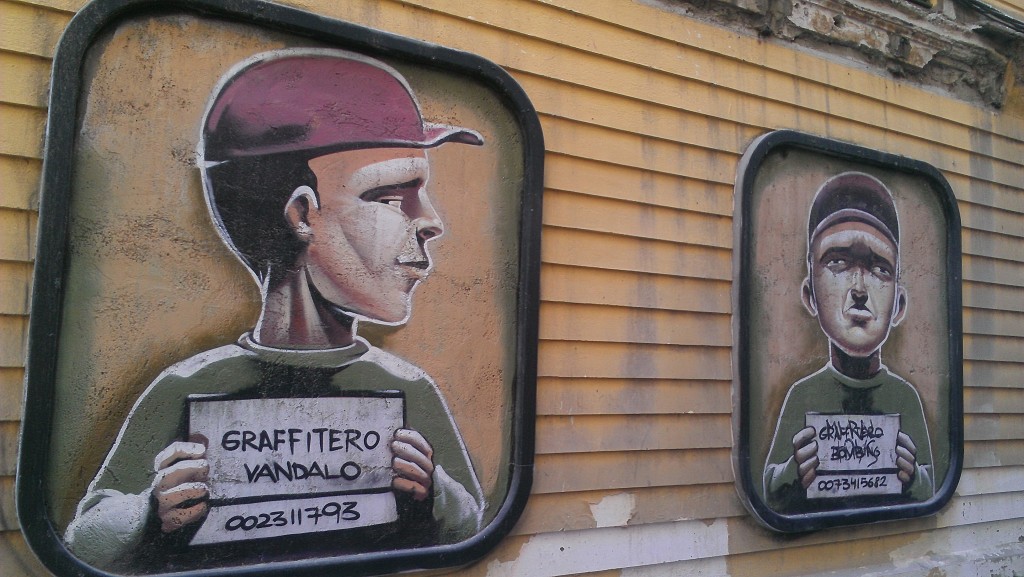
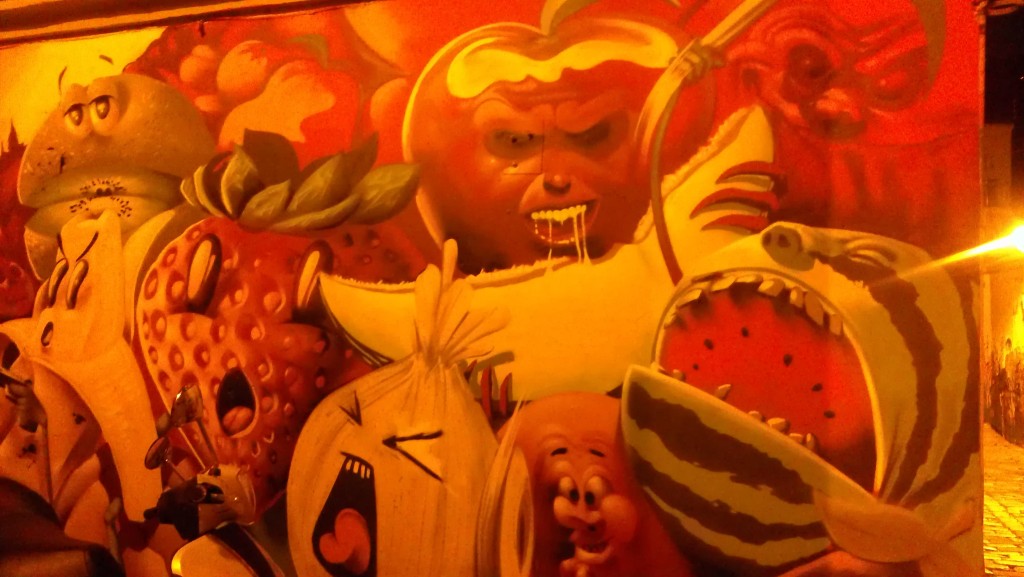
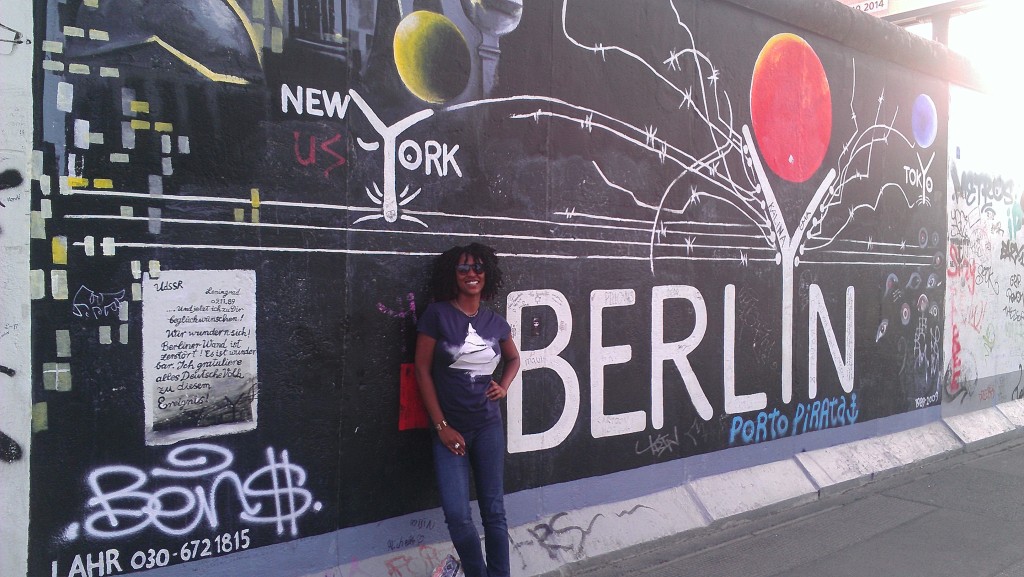
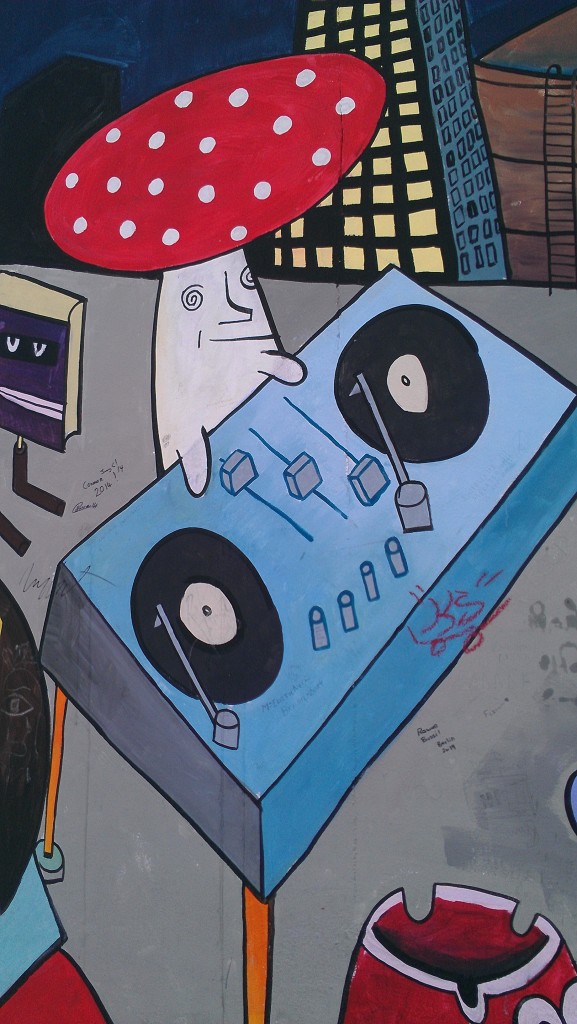

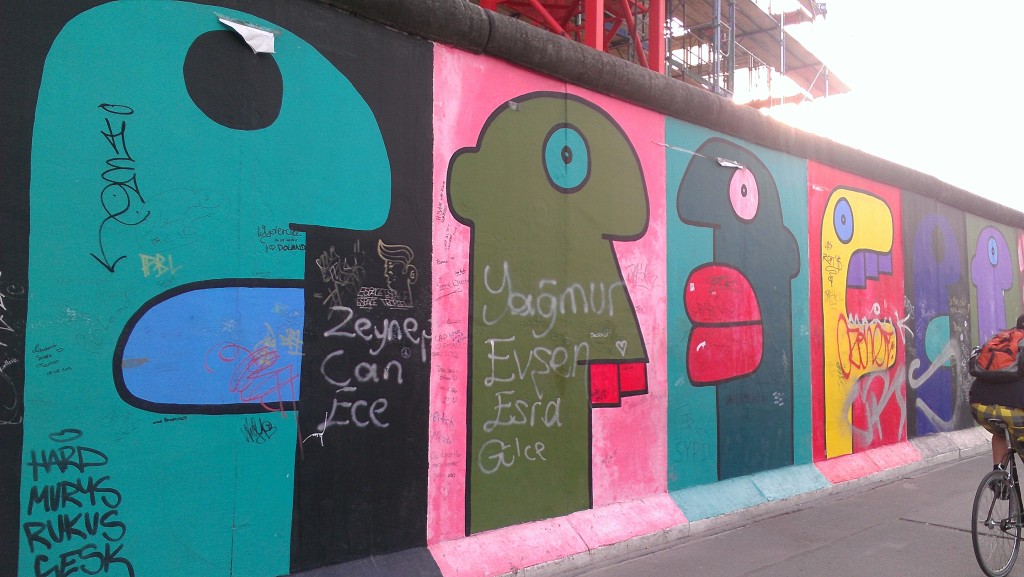















.jpg)



